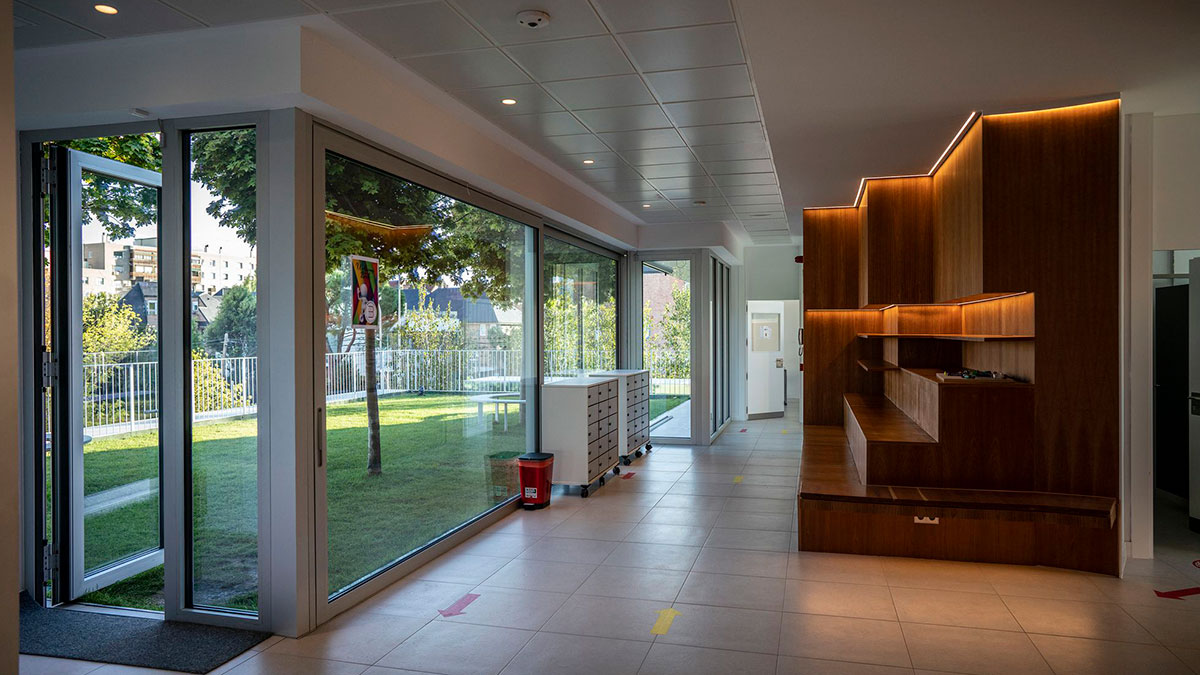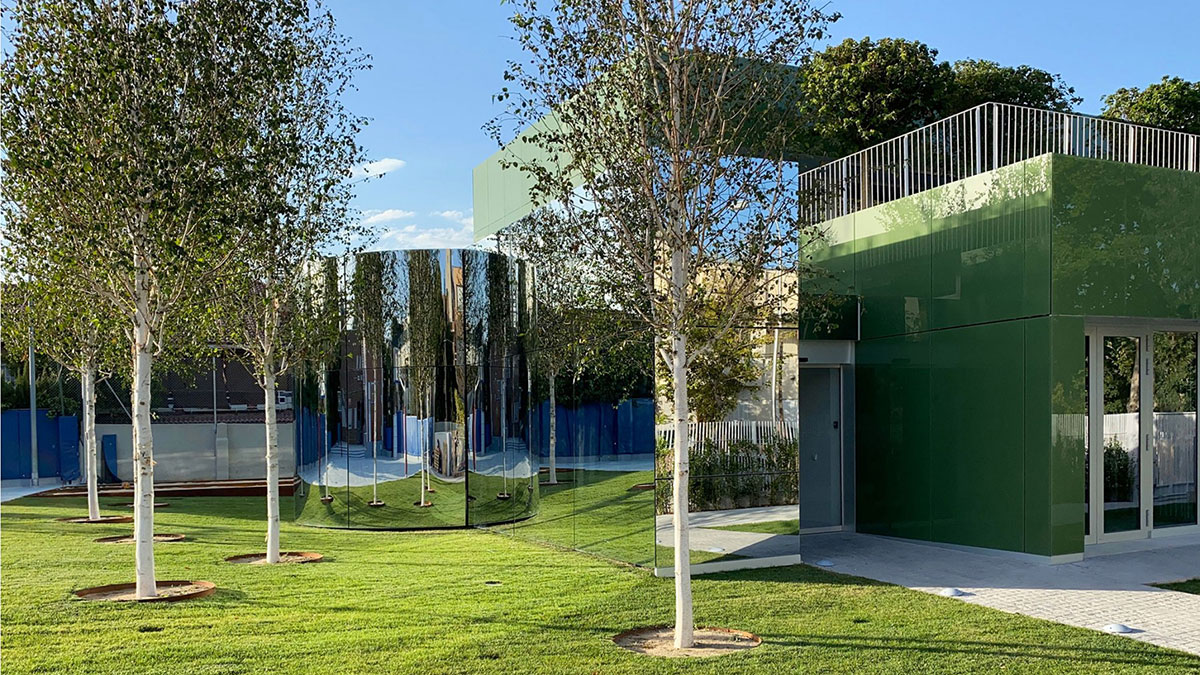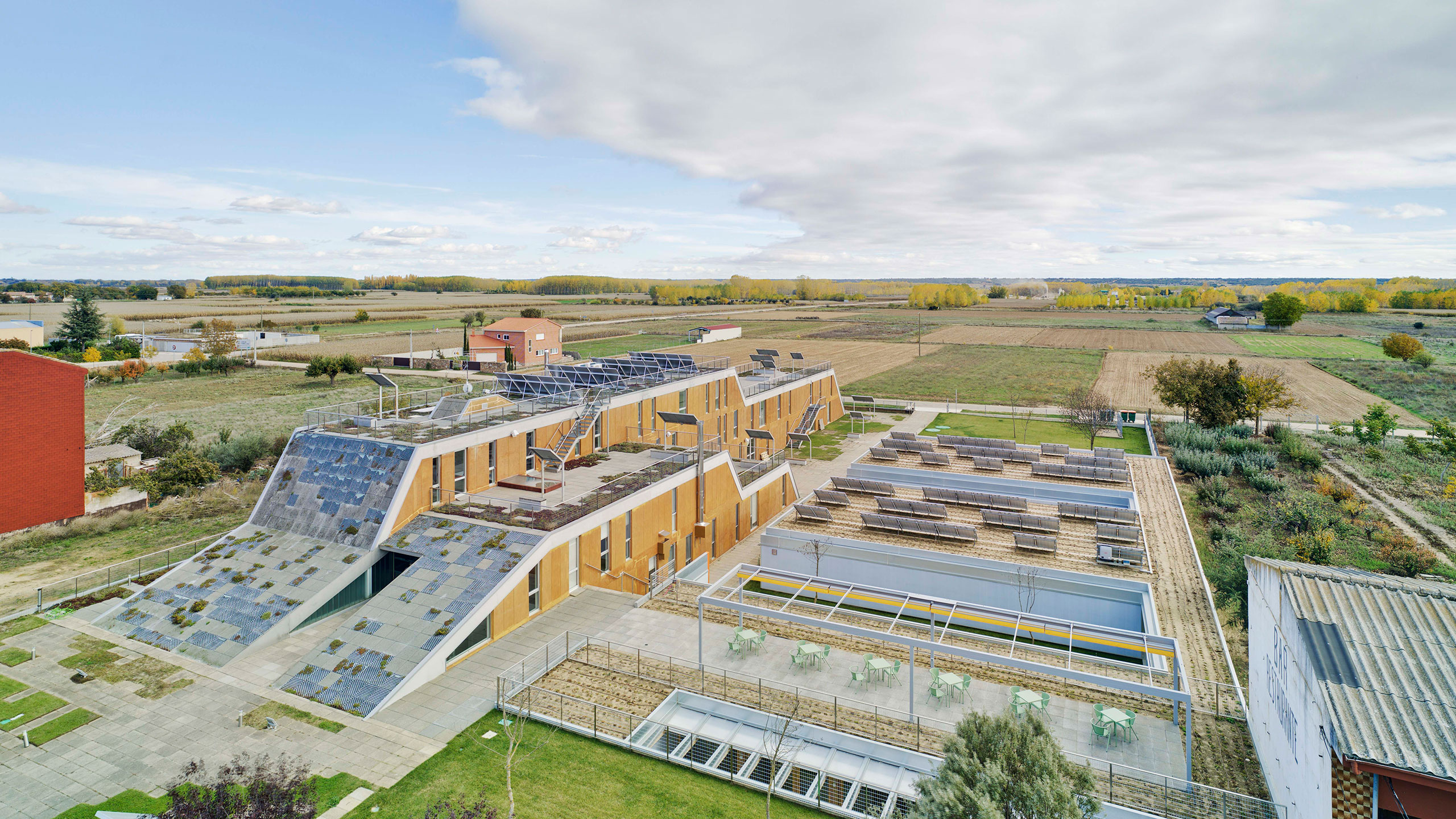In 1991, the German physicist and astronomer Wolfgan Feist first conceived and applied the Passivhaus (literally “passive house”) concept to his home in Darmstadt, Germany. So was born a system for the design, architecture and construction of buildings with very low energy consumption, which today has become a standard and is subject to a verification process that concludes with a certificate.
For a building to obtain the Passivhaus certificate, it must have a high degree of insulation, it must avoid any thermal bridges and guarantee the airtightness of its spaces, it is necessary to use solar panels for energy supply and Canadian wells as an air conditioning system, etc. With this efficiency strategy, savings of up to 80% can be achieved in the energy consumption of buildings.

There is now even talk of Passivhaus Premium. This is a concept that takes energy savings and energy efficiency in buildings to the extreme. In addition to the previous energy efficiency strategies, it includes, among other measures, the storage of surplus electricity generated by the building itself in batteries for use in electric vehicles, or in the event of a power outage.

Although the system initially began to be applied in single-family homes, it is now being applied to the design, architecture and construction of all types of buildings. In Spain, for example, several residential buildings have obtained Passivhaus certification. Among them is the Bolueta Tower in Bilbao, currently the tallest Passivhaus building in the world. The Brains International School, under construction in Madrid, or the care home in Camarzana de Tera, Zamora, still in Spain, are other examples.

On a larger scale, many of the concepts of Passivhaus certification are applied to cities with ecological aspirations such as Dongtan in China, Masdar City in Abu Dhabi, United Arab Emirates, or in neighbourhoods such as BedZED in London, United Kingdom. These cities and neighbourhoods are designed with the aim of producing zero CO2 emissions, being energy self-sufficient and having the capacity to recycle one hundred percent of their waste.
By Manolo Barberá, Senior Hydraulic Modeller in Amusement Logic’s Architecture Dept.






